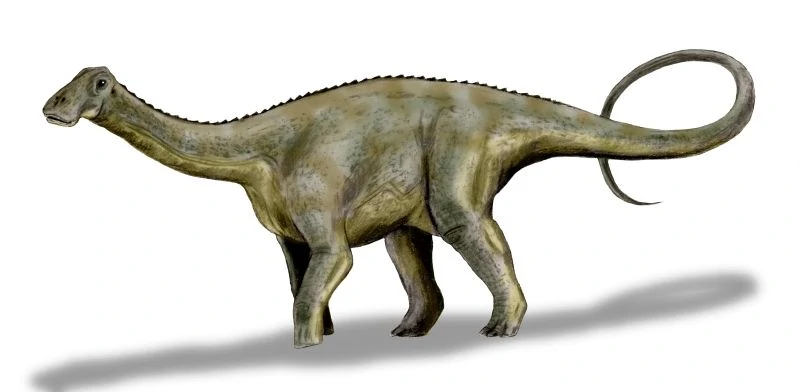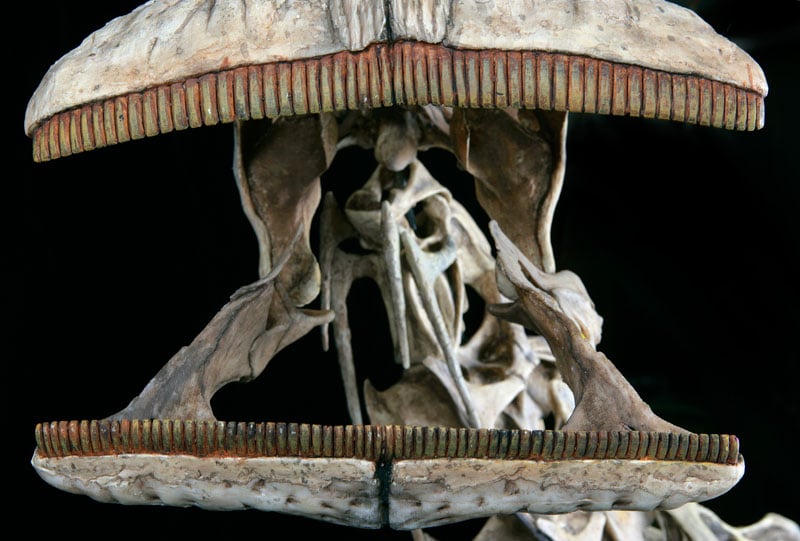Originally posted on April 28, 2022 @ 2:37 pm
Don’t Google which dinosaur had 500 teeth. Caution: Do not fall for racists’ nasty trick promoted on a Reddit forum.
The statement has been widely shared on social media and appears as one of Google’s autofill choices.
People who look up the question on Google get results for the Nigersaurus.
The joke-turned-meme has gained widespread popularity on social media networks, most notably Reddit.
On the site, juvenile jokers want to shock unsuspecting internet users by implying that the name is comparable to the N-word.
The advice against doing the search began to circulate in September 2019.
“Whatever you do, do not Google ‘dinosaur with 500 teeth,'” a Reddit user – who has since deactivated their account – said in /r/teenagers.
Numerous memes have been developed since then, with captions such as “Avoid searching for 500-toothed dinosaurs. The worst mistake in my life”.
Others, such as the remark “OK dinosaur with 500 teeth,” appear to have exploited the meme as a euphemism for the racist slur itself.
Its name, on the other hand, is a reference to the country in which it was discovered, the Republic of Niger.
The dinosaur’s fossils were discovered in 1976 in the landlocked West African country.
Nigersaurus taqueti was not named until more complete bones were discovered in 1999 during excursions headed by American paleontologist Paul Sereno.
Which Dinosaur Has 500 Teeth?

Nigersaurus is its scientific name. According to Wikipedia, it lived between 105 and 115 years ago. The period was dubbed the Cretaceous at the time. During the Cretaceous, the temperature was mild, and no location on the planet was ice-bound.
Additionally, that time period included some types of creatures that are now extinct, like the 500-toothed dinosaur. The remaining species included rudists, marine reptiles, and ammonites. Additionally, there were several shallow inland seas.
These waters are intended to cover the continents’ central regions. Today, these instances may be seen in the South China Sea and the Persian Gulf. The environment defined the ideal conditions for the survival of now-extinct animals such as the 500 tooth dinosaur.
What Does ‘Nigersaurus’ Mean?

This name translates as ‘Niger reptile’. According to Definitions.net, the name of the dinosaur with 500 teeth is an homage to the discoverer. Additionally, it pays honor to the place where the bones were discovered, Niger, Tunisia.
Niger is a country in West Africa that is also known as the Niger Republic. Additionally, this country’s climate is fairly warm, and it is situated on top of the world’s largest uranium resources. Additionally, Niger is blessed with deserts and mountains.
Along with ‘what dinosaur has 500 teeth,’ Niger has a rich archaeological heritage. The area is home to both prehistoric rock engravings on mountains and abandoned towns.
When Was Nigersaurus Discovered?
Philippe Taquet, a French paleontologist, was the first lucky individual to uncover the bones between 1965 and 1972. At the time, the material was scarce. However, another study cruise by Paul Sereno resulted in the discovery of further information.
Additionally, the species is infamous for its poor natural preservation, which has harmed its long history. The fossils were disarticulated, resulting in very thin skulls that could be penetrated by the powerful laser beam.
Certain relics remain unexplained to this day. For example, those found in Brazil and on the Isle of Wight. While similarities exist, there is also the unpredictability inherent in evolution.
What Is the Scientific Classification of Nigersaurus?
Nigersaurus is a member of the kingdom Animalia, phylum Chordata. Multiple responses were examined in its clade groups, including Dinosauria, Saurischia, Sauropodomorpha, and Sauropoda.
Additionally, Diplodocoidea is the superfamily and Rebbachisauridae is the family. Nigersaurus (the answer to the question ‘what sort of dinosaur had 500 teeth’) is classified as genus Nigersaurus and species N. Additionally, the binomial name for this species is Nigersaurus taqueti.
The scientific family Rebbachisauridae is devoted to classifying places where fragments of fossils have been discovered. Europe, South America, North America, and Africa are among these regions. More precisely, it is the scientific name for the sauropod dinosaur family.
What Are the Body Measurements and Features of Nigersaurus?
Nigersaurus has four limbs and used all four to walk and hoist its own body weight. The technical word for this physical characteristic is quadrupedalism. Additionally, this dinosaur’s skull was tiny and its tail was clearly enormous.
In comparison to other dinosaurs, this one was little and is estimated to have weighed around the same as a modern elephant. The weight in short tonnes is estimated to be 4.4 and the length to be 30 feet. Its hind legs became thicker, and the femur grew to over one meter in length.
Nigersaurus (the rebuttal to the question ‘which dinosaur had 500 teeth’) has distinct lower and upper tooth rows. The dental crowns were curled in some way, and the teeth were described as thin. Teeth in the lower jaw were found to be smaller than those in the upper jaw.
Additionally, the total number of active and replacement teeth was 500. All teeth had very asymmetrical enamel, with the lower jaw fashioned like an L. The jaw structure is broader than the head, with teeth protruding laterally.
What Did Dinosaur 500 Teeth Eat?
This species was herbivorous. Its diet consisted primarily of plants, most likely ground-level flora. They were able to graze on low-growing plants due to their shredding teeth and short neck. This is why, according to some authors, they were also known as the Mesozoic Cow.
Additionally, it feeds on angiosperms, ferns, soft plants, and horsetails.
Additionally, the presumption revolves around ground-level vegetation due to the absence of grasses during that time period. For the purpose of levity, we identified publications comparing its mouth shape to that of a vacuum cleaner.
Another account asserts that the late Cretaceous era was dominated by genuine grasses or Poaceae. However, in comparison to today’s vegetation, the dryness prevented them from grazing.




